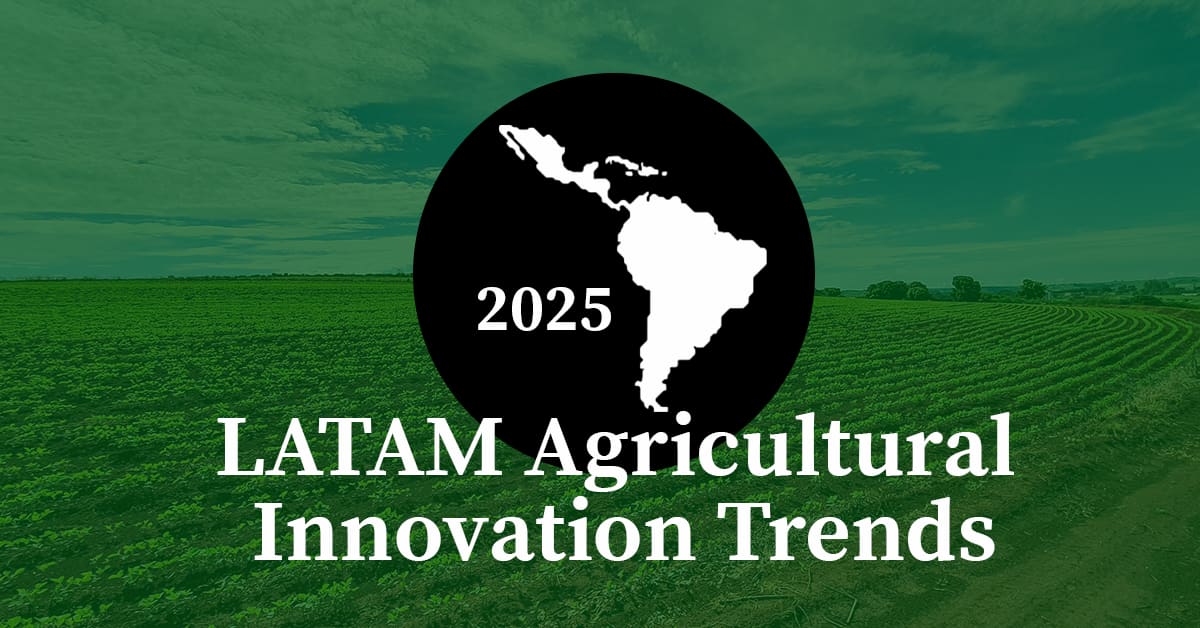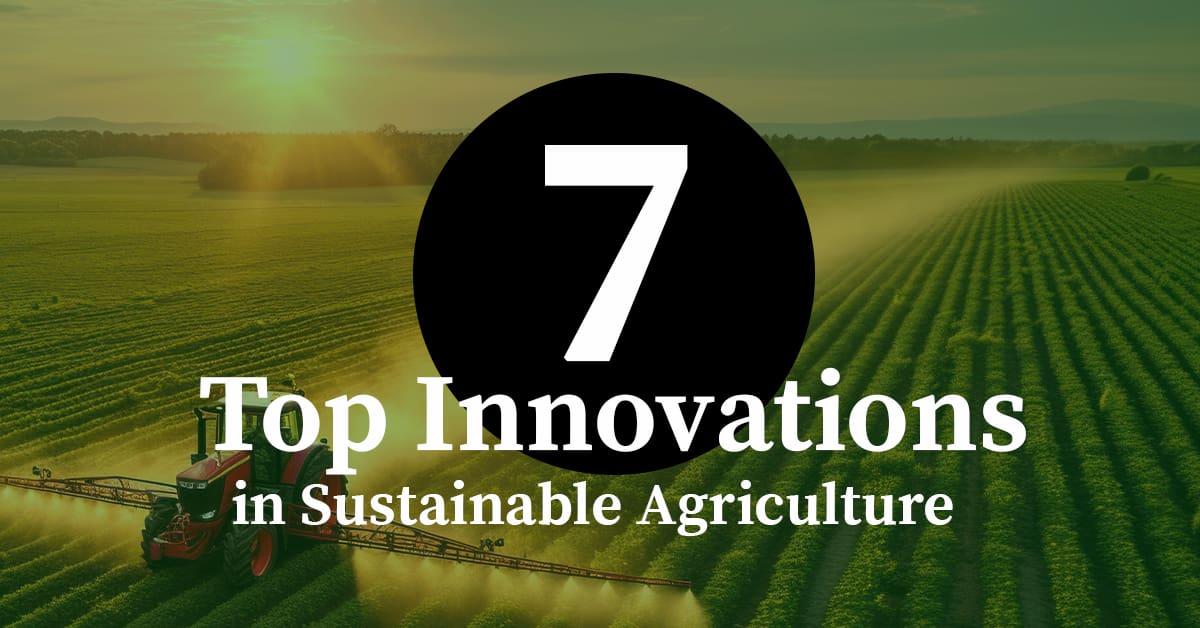Last month, the Biocontrol & Biostimulant LATAM conference brought together more than 380 global experts to cultivate BioAg opportunities in LATAM, discover new connections and acquire critical market insights that will drive forward biological product success. The conference addressed vital topics to ensure quality science is at the forefront of R&D to help gain efficient routes to market. Throughout the conference, three trends emerged.
Brazil: Setting the Stage for Regulatory Efficiency
While the EU and U.S. have the potential for substantial growth, the regulatory system is hindering opportunities for new biological technologies, according to the presentation by Mark Trimmer at Biocontrol & Biostimulant LATAM. Biologicals in Brazil are growing at double the rate of Europe and U.S., and LATAM is at more than 50% above Europe and the U.S., due to the rapid adoption of technologies and increased production levels.
The LATAM regulatory system is a key driver behind the recent market growth, and Brazil is an example for other countries and regulatory organizations to follow. This success is due to their efficiency in updating regulations and providing definitions, which allows them to expedite the approval process for new technologies. This has propelled Brazil to be a leader in the adoption of biostimulants and biocontrols and is the key driver behind LATAM’s potential to become the international leader in the next 5 years.
LATAM: Global Leader in Biocontrols & Biostimulants
The total global biologicals market was estimated $12.75 Billion in 2023, and with the CAGR growing at a rate of 12.4%, the market is projected to be $15 Billion by 2025. Due to regulatory successes, LATAM’s rapid adoption of biologicals has positioned the region as an international leader in ag partly due to the widespread integration of biological products with traditional chemical solutions along with the rapid adoption of emerging technologies.
Brazil is one of the only markets that can continue to grow in both segments, area and technology. In addition to needing to protect crops in tropical environments, Brazil also faces issues with fungal diseases, insects and weeds. Those issues are aggravated by resistance problems that require incorporating new modes of action. It’s followed by land that is poor in fertility, which requires incorporating fertilization technologies with macro- and micronutrients, soil correctors, and stimulation.
Biocontrol, biofertilizer and biostimulant product growth in Brazil is partly due to their successful use in row crops, and overall row crop growth in LATAM is projected to triple in value by 2029. The growth in biostimulant adoption will provide many investment opportunities for LATAM innovators. Companies with novel technology that offers value to growers, combined with a well-executed business plan, will continue to attract investment interest.
Investments: Challenges and Opportunities for Startups
2024 is also another complicated year for the industry due to high inventories, lower prices, increased transportation costs and low commodity values (lowering the profitability of farmers, therefore, less investment in their production).
The value of money remains high, which is causing investments in innovation (startups) to be at the lowest values in recent years and slowing down innovation. The investments are more selective and carried out by more specialized Venture Capital companies. To secure investments in this challenging environment, new technologies should consider the following factors when approaching investors:
- Rigorous Field Testing: Field testing is becoming increasingly important for investors to justify funding an agritech startup. Solid evidence backed by robust data must be provided to prove the efficacy of the technology under multiple conditions.
- Develop Solid Business Plans: While promising products are attractive, investors will prioritize startups that have well developed business plans and go-to-market strategies.
- Prove Value to Grower: A solid business plan must include a product story and farmer education plan that show real value to the grower, a way to integrate the product into their best management practices, and ROI.
When your Research is ready for Development, turn to AgriThority® for strategic and scientific business, market, and product development expertise. As an independent global resource, we focus on exploring potential, expanding market access, and evolving production for greater food security and sustainability. Forward-thinking agriculture experts with deep experience are the core of AgriThority®.


